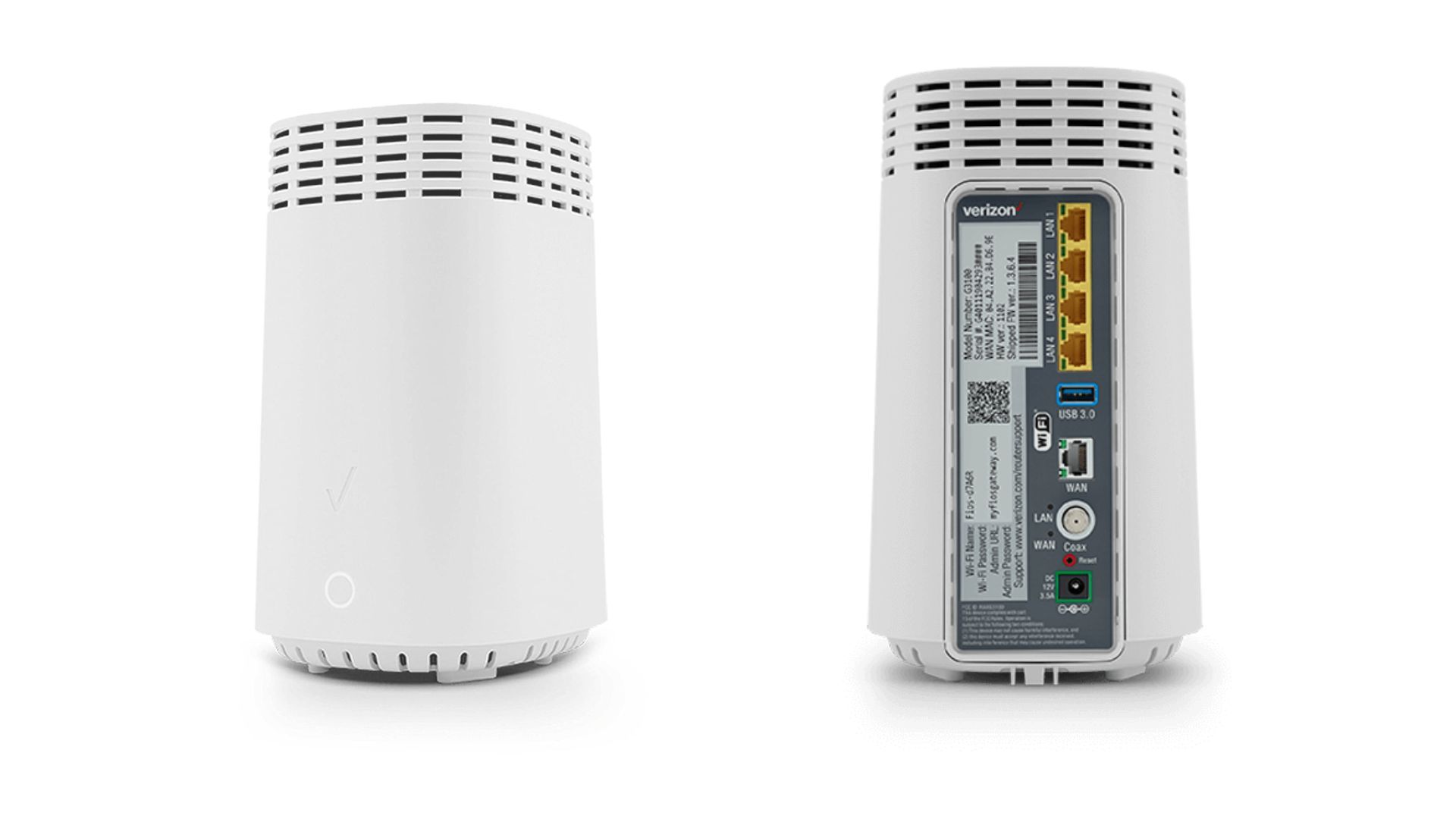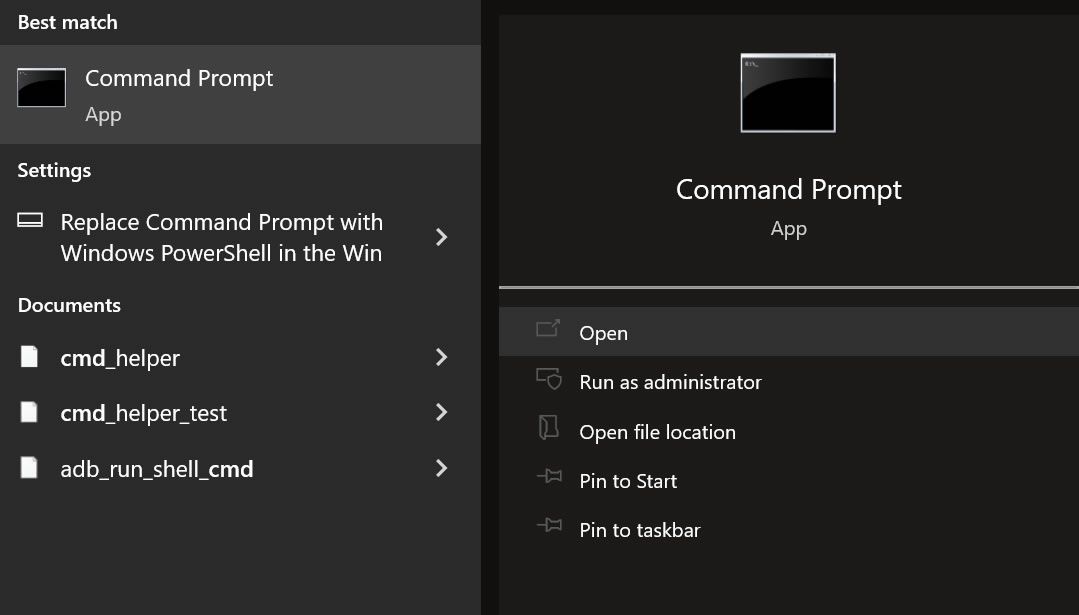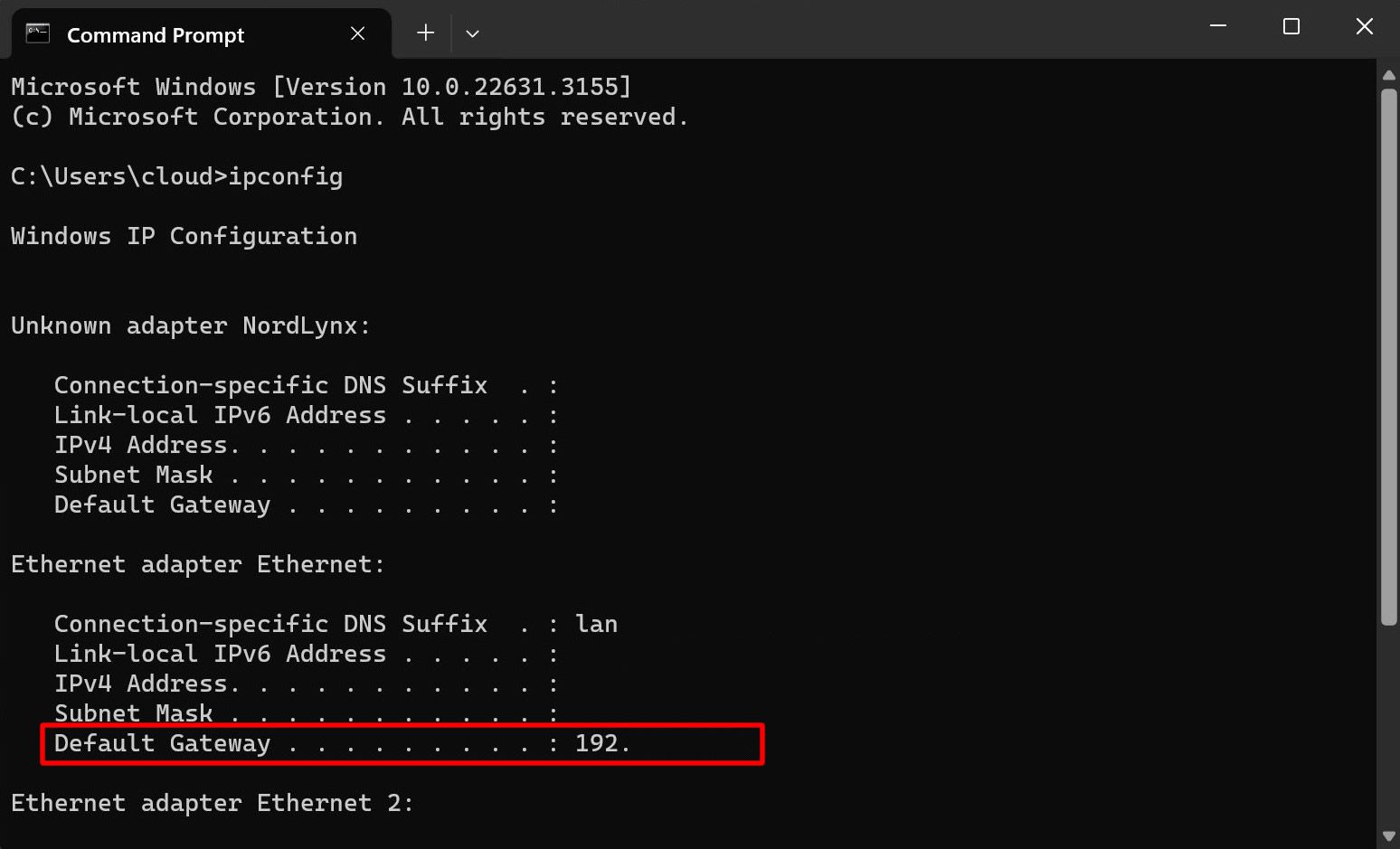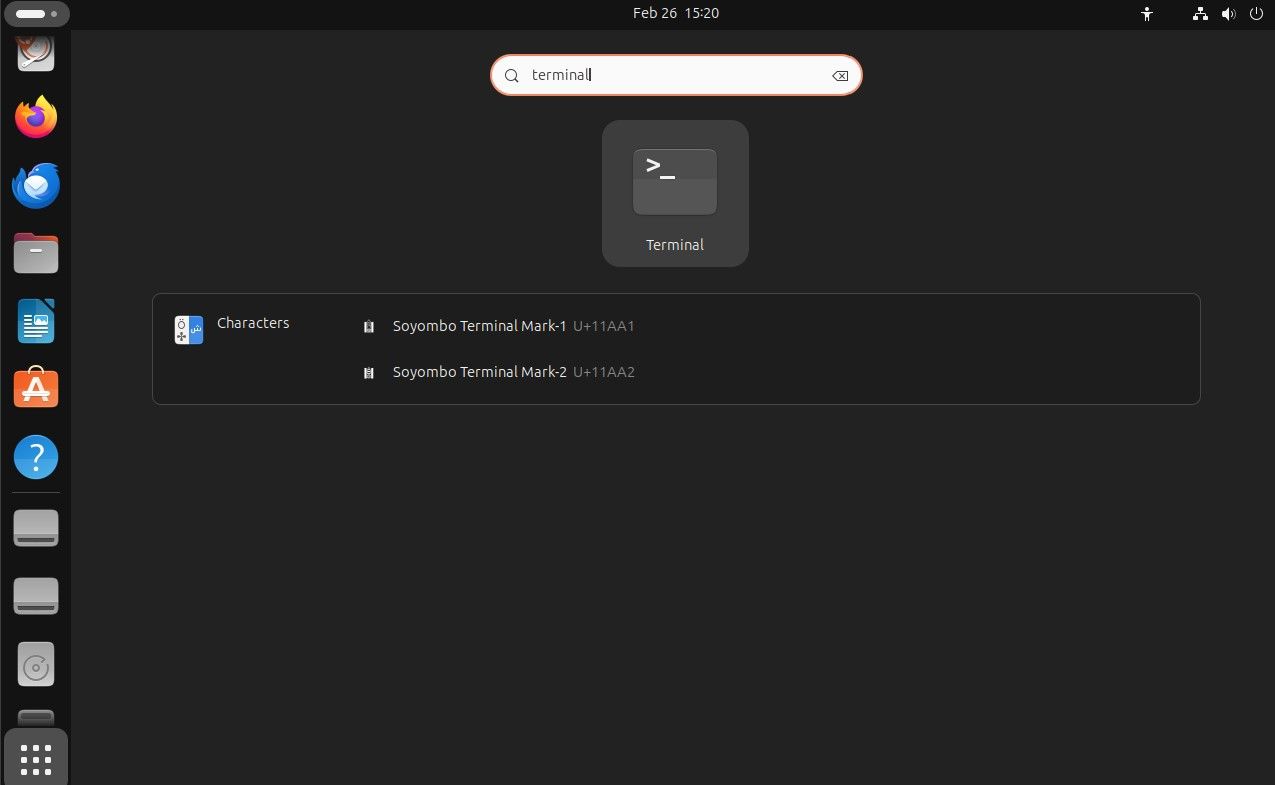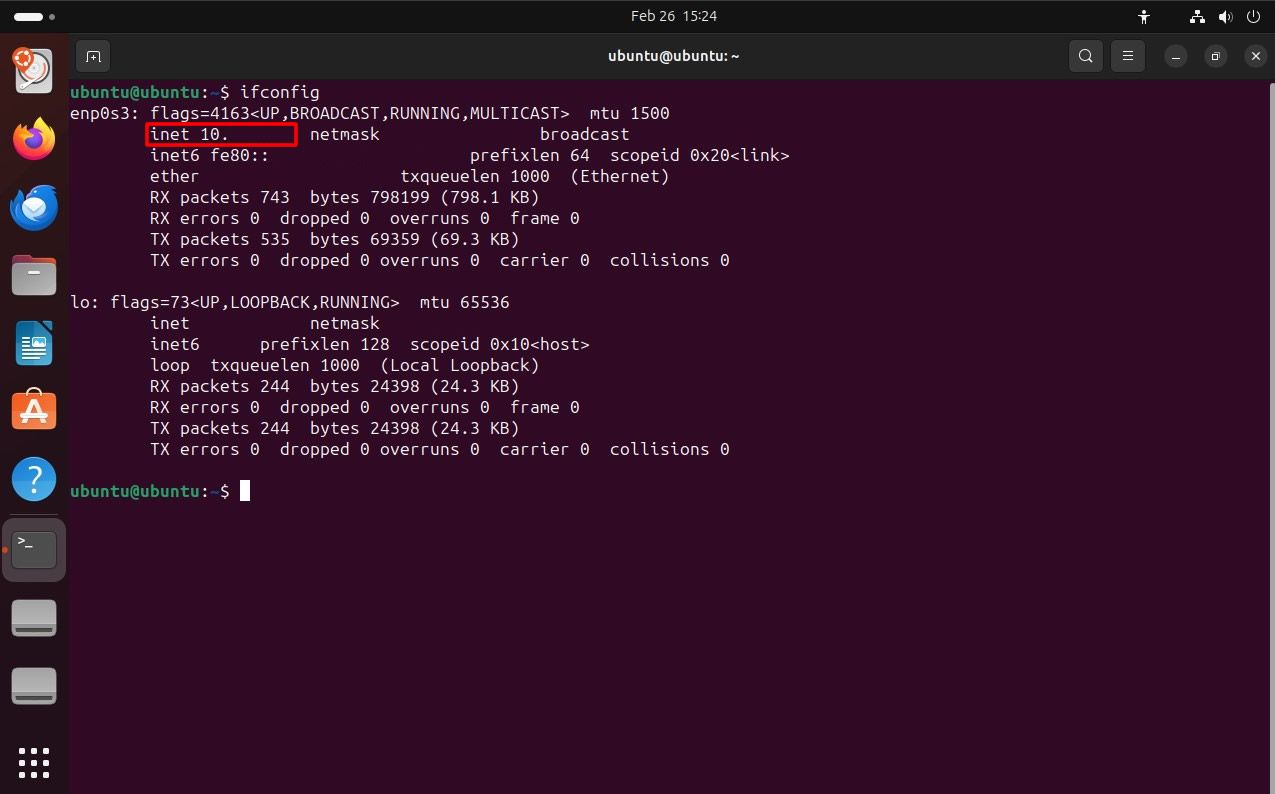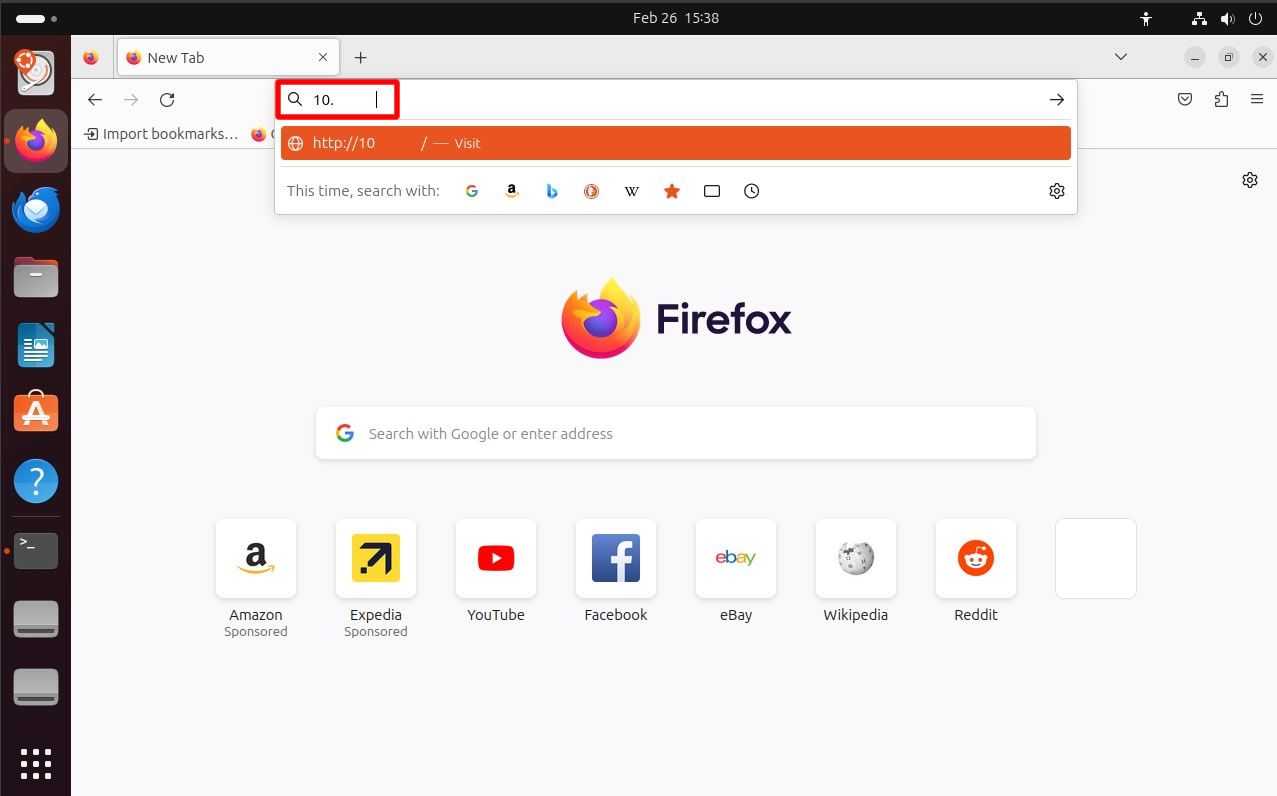A router is essential to your network. It allows you to connect, manage, and redirect internet traffic to the devices in your home. Because it is central to your network along with your modem, you may want to update its default settings. Using a computer to access your router’s admin panel is common, but it can also be done from a Chromebook. You can log in to your router’s admin panel using a web browser from any device with access to your network.
If your router was given to you by your internet service provider (ISP), you might not have as much control over your device. Leased router equipment via your ISP typically limits you from using certain features or functionalities. But you can change some basic settings. If you purchased the router, you have unlimited access to the admin panel with a few simple steps.
How to find your router’s IP address
Before logging in to the admin panel for your router, figure out the router’s IP address. Doing so lets you view its admin login screen from a web browser, where you’ll type in a username and password.

10 best web browsers on Android in 2024
There are a lot of browsers out there, but only a handful we actually recommend
You’ll often find the local IP address on your router, such as a sticker at the bottom or back of the device. A popular default IP address for a router might look like 192.168.1.1 or 192.168.0.1. Some routers allow you to enter a web address instead of a number to access the admin panel. Check out the steps below for your operating system to find your router’s IP address using a computer.
There are multiple ways to find an IP address for a connected network device using a desktop or laptop computer. We cover the command line interface in this guide. The process is straightforward, even if this is your first time using a command prompt or terminal app. After you have the IP address, you only do that part again if your network environment changes.
Find your router’s IP address using Windows
Locating the router’s IP address with a Windows computer is simple. After you open a universal command prompt and run one quick command, you have access to the IP address for your router. Use that number to access the router’s admin login page.
To locate the IP address for your router using Windows, do this:
- Click the Windows start menu icon.
- Search for the Command Prompt app or type cmd.
- Open the Command Prompt app.
- Type ipconfig into the command window, then press Enter.
- Locate the Default Gateway address for your current network adapter. This number is the IP address for the direct connection between your computer and the router.
- Highlight and copy that number or write it down somewhere for safekeeping.
Find your router’s IP address using Mac or Linux
Similar to Windows, locating the IP address for your router on Mac or Linux involves opening a terminal window and running a command. You can access the router’s admin login page when you have that number.
To locate the IP address for your router using Mac or Linux, do this:
- Open the Terminal app. You can typically find this for Mac computers by going to Applications > Utilities or in the app drawer for Linux-based devices.
- Type ifconfig into the terminal window, then press Enter.
- Locate your current network adapter, often called en0 or eth0 by default. Those are only a few examples, but your network adapter may have a different name.
- Find the line that shows inet addr or inet followed by some numbers. This IP address number represents the connection between your computer and the router.
- Highlight and copy that number or write it down somewhere for safekeeping.
How to access the admin panel page on your router
Now that you have the IP address for your router, the next part involves using that number to log into your router’s admin panel. It’s as simple as opening a web browser and typing a few login credentials.
To get access your router’s admin panel, check out these steps:
- Open a web browser on your desktop or laptop computer. The computer you use must be connected to your router via a wired Ethernet connection or have access to your Wi-Fi network.
- Type or paste your router’s IP address into the address bar on the web browser.
- Press Enter.
- Enter the username and password for your router. You’ll find the default login credentials on a sticker on the router or in the instructions manual that came with it. If all else fails, look up what your router manufacturer or ISP uses as their default login for that model by doing a quick Google search.
- After the login credentials are verified, you’ll have access to your router’s admin panel.
- Bookmark the admin panel page on your web browser for easy access in the future.
You can review the settings and make changes to meet your networking needs. Also, update your router’s login credentials to avoid using the default settings for increased security. Change the username and password to something unique and something only you will remember. Write down or save the updated login credentials somewhere safe. Otherwise, you’ll need to factory reset your router if you can’t log back in.

Best Wi-Fi 7 routers in 2024
Want to get a head start on Wi-Fi 7 networking? Check out one of these great routers already offering the new technology
Tweak your router settings with the admin panel
Going into your router’s admin panel allows you to change your networking experience as little or as much as you want. You can update basic settings, like the name of your network or the default DNS servers used. You can also tap into advanced features like forwarding and blocking network ports or setting up a network-wide VPN. The process for accessing the admin panel for your router is simple when the proper login credentials are taken care of.
The Windows command prompt is helpful on its own, but it has many hidden features. From a text viewer and video converter to a task manager, we cover some great examples of the command prompt’s benefits outside its typical uses.




